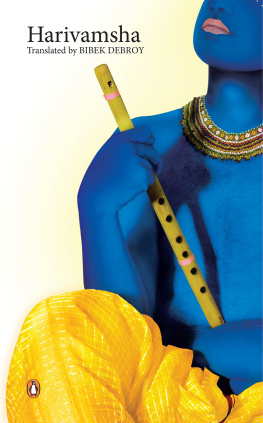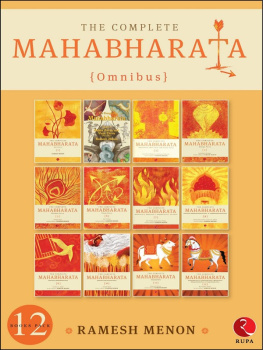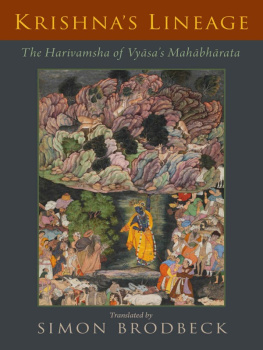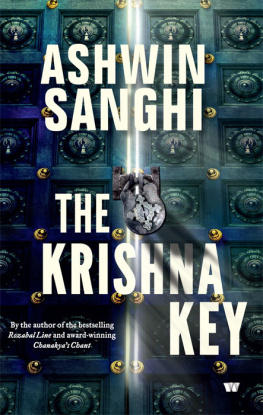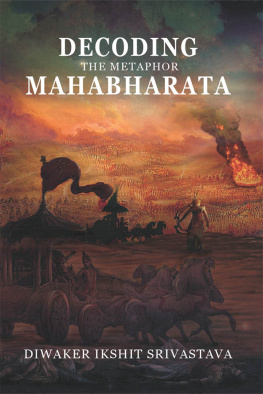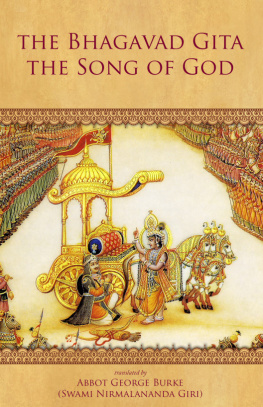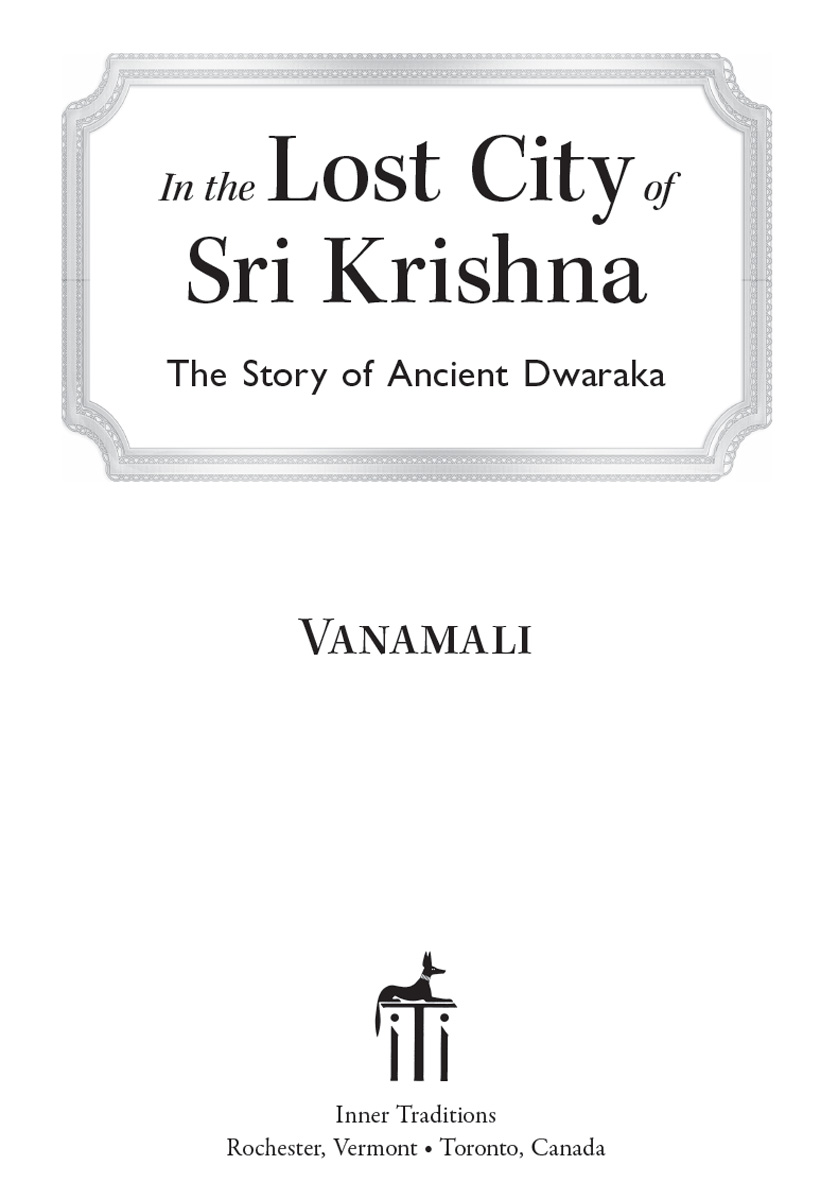
Sri Krishnaaya Paramatmane Namaha!
This book is dedicated to my beloved daughter-in-law,
SUMATI
Whose name is a mirror of her soul.
In the Lost City of
Sri Krishna
Vanamali transports the reader to Lord Krishnas heavenly kingdom of Dwaraka. Her devotion invites the reader to make a leap in consciousness and to join her on an ecstatic pilgrimage to the heart of Mother Indias legendary wisdom.
ARVIND BRUCE BURGER, AUTHOR OF ESOTERIC ANATOMY: THE BODY AS CONSCIOUSNESS
In the Lost City of Sri Krishna is an enthralling journey from Indias leading female mystic. Vanamalis intricate accounts of higher Vedic civilizations and culture will entertain and satisfy not only students of yoga but all those interested in the secrets of India, which only adept mystics can reveal.
NISCHALA CRYER, AUTHOR OF THE FOUR STAGES OF YOGA AND COFOUNDER OF ANANDA UNIVERSITY
This inspired book by Vanamali not only brings to life the events at the time when Sri Krishna ruled over Dwaraka but also imparts profound wisdom and uplifts spiritually. It lovingly connects us to one of the main pillars of Indias great tradition, Sri Krishna.
MARIA WIRTH, WRITER/RESEARCHER OF INDIAS HERITAGE AND SPIRITUAL TRADITIONS
Which of us has not imagined ourself as a character in His great play? In In the Lost City of Sri Krishna the author envisions herself as a direct witness to Lord Krishnas sojourn in Dwaraka. In doing so she masterfully transports the reader into that time, giving each of us a personal glimpse of what it may have been like to walk beside Him.
NITYA MENON, LL.M., DIPLOMAT AND INTERNATIONAL LAWYER

May Lord Ganesha bless me and help me to write this book without a hitch
Aum Mahapurushaaya vidmahe,
Vaktratundaaya dimahi,
Tanno Dhanti prajodayaath.
I meditate on that Great Person,
I concentrate on the one with a curved trunk,
May that Ganesha enlighten me.
Foreword
By Sri Bhakti Yog Swamiji
Madhuban Ashram, Rishikesh
Philosophers, skeptics, and devotees have long been divided on the idea of the harikatha (stories of Hari or Krishna) as a genuine source of spiritual commentary and discourse. While some label it as myth, legend, or simple story, others hail it as classic literature. The charitable among skeptics label the pastimes of Krishna as parables. For the faithful, harikatha is absolute perfect fact and a history that transcends time.
All are, in fact, right within their own field of vision. The Krishna stories have been narrated, retold, sung, painted, enacted, and presented by allthe agnostics, the atheists, the literary and creative minded, and the devotees alike. The thin line between creative freedom, scriptural sincerity, social correctness, and aesthetics of literature remains hazy from a neutral viewpoint, but it is always well defined when looked at from the viewpoint of each stand individually. From the absolute level, that is, through the eyes of God, it is an equidistant approach. However, any rendition that stirs an understanding or love of God is valid and right.
This book has a mix of them all. It is a dramatized narration of Krishnas kingly pastimes at Dwaraka, which the author visualizes in a dream world. Despite being a flight of creative liberty, it hovers around the scriptural story line, like a butterfly fluttering over flowers of different hues. It thus leaves the reader to his or her own take on the profound subject.
Everything about Krishna has been narrated and recorded by Vyas Dev (Sage Vyasa) and expounded on by great sages, and all spiritual masters and holy men are agreed on it. About five centuries ago, Chaitanya Mahaprabhu explained that the intricacy of the krishnakatha (stories of Krishna) can be understood not by literary excellence or erudition but by humility and devotion. The pastimes of Krishna are not part of a material novel, penned by someone expert in wordplay or poetry. However, that doesnt bar a retelling since freedom and choice are the first prerequisites of spiritual life.
Krishnas pastimes in Dwaraka form the latter part of his lila, when he was known as Dwarakanatha. Dwaraka is a historical city, an important pilgrim center, and an archaeologists playground for research and exploration, and it is the site where great stories were unveiled. It was also a great port and is the subject of much oceanographic research today. Some purists delight in the fact that excavations and explorations beneath the sea point toward a thriving metropolis in ancient timesas if that was proof of Krishnas existence and presence.
The opinions and agendas of Indologists, historians, and lovers of folk lore and scriptural purity will always vary, but that dilemma should be set aside for a while, if only to enjoy this book. Making a success out of a book on fictionalized history or dramatized narrative is a difficult task. This book is an attempt to walk the narrow path between both, though it is based on the sahajiya sentiment of proximity to God. While an assumption of special favor from God is frowned upon, it does not take away the strength of the original story and sentiment. Its appeal will rest in how the reader relates to the sincerity and motivation in a retelling of the story of Dwarakanathathe Lord of Dwaraka.
SRI BHAKTI YOG SWAMIJI was a great Krishna bhakta. He was a follower of the Bhakti Vedanta School founded by Sri Prabhudhanandaji. He opened the Madhuban Ashram in Rishikesh, which is devoted to the teachings of Lord Krishna and also does a lot of charitable work for the poor. He was truly a beautiful soul filled with love for the Divine in the form of Krishna.

Aum Sri Krishnaaya Paramatmane Namaha!
Aum I bow to Krishna, the Supreme Soul!
INTRODUCTION
Dwarakanatha, the Lord of Dwaraka
The famous temple called Dwarakadhish, dedicated to Lord Krishna, the Lord of Dwaraka, is found in the city of Dwaraka on the west coast of India in the state of Gujarat. It is considered to be one of the seven holy cities of India. The others are Ayodhya, Mathura, Haridwar, Varanasi, Kanchipuram, and Ujjain. According to tradition, the original temple of Dwarakadhish was built by Krishnas great-grandson, Vajranabha, over the ruins of Lord Krishnas own palace, which was the only building that was not washed away by the tsunami.
However, the ancient, famed city of Dwaraka existed five thousand years ago during the time of the Krishnavatara. It is no more to be seen now since it lies at the bottom of the sea. Dwarakas majesty and beauty have been described by many poets and writers, and saints and sages of ancient India. It is referred to as the Golden City in the Srimad Bhagavatam, Skanda Purana, Vishnu Purana, Harivamsha, and the Mahabharata. One of the verses in the Bhagavatam says: The yellow glitter of the golden fort of the Dwaraka City in the sea, throwing yellow light all round, looked as if the flames of Vadavagni (the fire of eternity) came out, tearing asunder the sea.
Dwaraka was a bustling port and had an island close by that also served as a harbor. If the number, size, and variety of stone anchors are any indication of the size of the port, it can be said that Dwaraka must have been the largest port of the third millennium BC on the Indian coast. As many as fifty stone anchors are still visible, but several hundred must have been buried in the sediment. This was probably one of the reasons the city got its name.


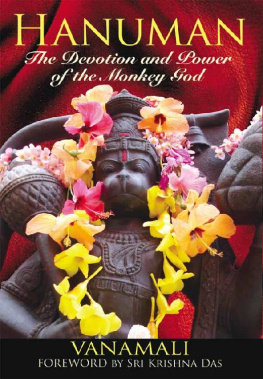
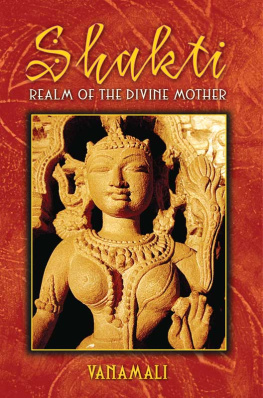
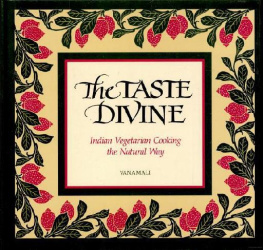
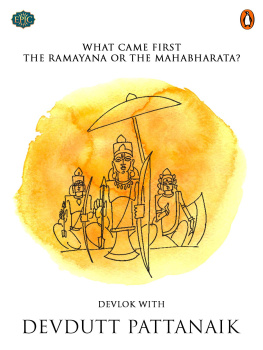
![Krishna Dharma - Mahabharata: [the greatest spiritual epic of all time]](/uploads/posts/book/213378/thumbs/krishna-dharma-mahabharata-the-greatest.jpg)

